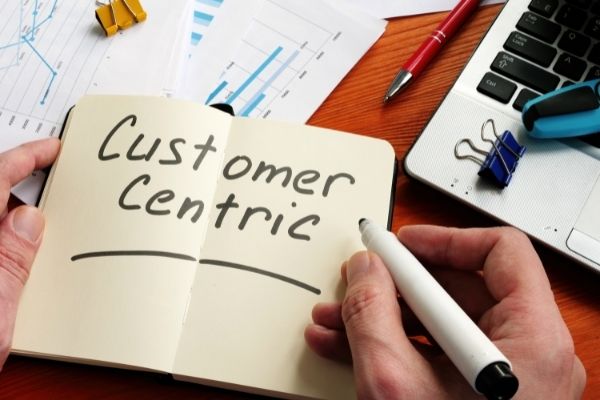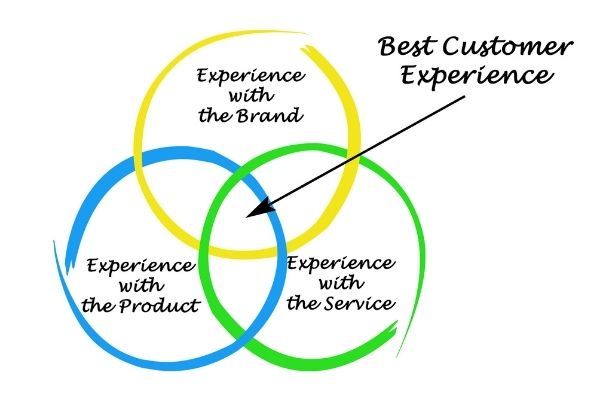Interview with Lutz Bonacker, SVP and General Manager, Commercial Operations Europe, CSL Behring
Lutz Bonacker, SVP and General Manager, Commercial Operations Europe, CSL Behring, spoke at the recent Reuters Events Pharma Marketing Europe 2020 Virtual Conference, which ran from the 13-14th October. At the conference, Lutz spoke in a panel discussion entitled “Beyond digital transformation to a customer-centric revolution.” In this interview we speak with Lutz about his recent conference appearance, and his ideas around customer centricity and digital marketing.
>
“…customer centricity really requires work. You have to understand the needs of your customers and you have to keep in step with them as they adapt. We as a company have gained an understanding over many decades of work in the rare disease community and that has allowed us to address the needs of these patients.” — Lutz Bonacker
What does a customer-centric revolution mean to you, and how does it move us beyond digital transformation?
A customer-centric revolution is a goal, something that people are really striving for. However, as a target, I am not sure if we will ever reach the stage where we can rest easy and assume that it is all done. I think this phenomenon is a more long-term goal than a revolution.

Using the COVID example, that is something that has impacted all of us and has changed our environment. In this context, we need to put ourselves in the customer’s shoes. By the end of 2020, we believe that 70% of healthcare professionals will be digital natives, and 50% of them say that digital will be the platform of choice for the future. Therefore, there is a big customer component for pharma saying that their interactions might be changing and their level of comfort with digital technology will be changing. We already know that this is the case for younger healthcare professionals.
We see how face-to-face interaction has declined, and virtual interaction has increased throughout our society. Digital is not just a different channel now; there is also a different type of interaction happening. From a customer-centric perspective, we need to think about how we provide value for the customer and ask ourselves whether they are getting what they need from the interaction.
How are you ensuring that your customers continue to have positive experiences with your company and brands?
First, we need to make sure that we as a company are willing to accept changes in the environment and customer mentality. The term “adaptive customer-centricity” is something to look at. It is vital to consider all the intermediates that interact with the customer – these include the sales team, the medical information team, and market access groups. At the customer level, this includes hospital management, government payers, physicians, pharmacists, purchasing, and insurance. All these stakeholders need to be addressed and recognised and their concerns were taken seriously. Communicating and working with these entities is essential, otherwise, you will never get through to benefit the end customer, which in our case is really the patient.

Another aspect involves virtual engagement tactics, which we need to use more, including virtual peer-to-peer and webinars. It may also be necessary to do things differently and be adaptive. For instance, sometimes patients require different types of information, such as during a pandemic, when someone may need to know how to access products that allow for social distancing or receive and employ self-administered products, which allow someone to keep away from a hospital.
What are the benefits of pursuing open collaboration and are there any challenges to overcome?
To me, this speaks to keeping an open mind with regard to the customer and keeping the adaptive component of our strategies in play, so that we don’t enter collaborations with expectations that are too fixed and with too fixed a mindset. In particular, this involves really trying to put yourself in the shoes of your counterparts and trying to achieve something that is important for us and that benefits patients.
How would you advise companies to provide value to patients beyond their offered products?
At CSL Behring, we work extremely hard to achieve what we can for patients. Regardless of the field in which a company is working, I think they need to understand why they are there and the environment in which they are working. So, in rare diseases, which is the field in which we work and which is defined as diseases affecting less than 5 people in 10,000 in Europe, the number of people affected by any one rare disease is relatively small, at about 250,000 people in Europe. However, there are a lot of rare diseases, and in total, they affect as many as 6–8% of the European population, so between 27–36 million people.

Many of these diseases are chronic; if you are a company working in the rare disease area you need to stay close to the rare disease community and really understand what those patients are going through. Chronic diseases are there for the long-term, and as a company, in that field, you have to commit to fitting in with that and really understand where you can help. Understanding your field in great depth is key so that you understand your customer’s needs. In terms of value beyond the product let me share two examples. Haemophilia B treatments have been used for decades, but they required administration 2-3 times per week. We understood that this impacts the daily routine of patients and developed a product that can be administered up to once every 3 weeks. We enabled patients that had used immunoglobulins solely via the intravenous route to administer it subcutaneously. These developments make a difference
How do you see your relationship with patients evolving?
In Europe, we adhere to compliance guidelines and so are limited in the direct interaction we can have with patients, but within that framework, I think we need to understand patient needs and address them where they occur.
There’s an information component that’s always very relevant because if you look at how people make healthcare decisions, patients really inform themselves before they go to their doctor. They listen to what their doctor has to say and then they might check online again afterward. So, having factual and accessible information for patients is really important.
As companies, we have to figure out what are the most appropriate communication channels to interact with patients and patient organisations within the compliance framework and look at areas where there are mutual interests and where interests align. The goal is to address areas such as awareness and diagnosis, access to care, and information needs.
What were the key takeaways for the (virtual) attendees hearing your session/panel discussions at the recent conference?
I have four takeaways I would like to pass on.
The first is that a customer-centric strategy really requires work. You have to understand the needs of your customers, and you have to keep in step with them as they adapt. We as a company have gained an understanding over many decades of work in the rare disease community and that has allowed us to address the needs of these patients.
The second is that we are seeing radical change. While things are changing, it is important to identify the common denominator and stay focused on your objectives. In the case of CSL Behring, it is the patient.
Thirdly, digital is certainly here to stay, and we have all been talking about it, but we have to think about it as more than just another channel.
Finally, we need to take the team along. We have people who have been working in different ways across organisations and as they look at working differently and using different tools, we need to ensure that they still achieve their objectives, and we have to help them develop and train throughout this change.

